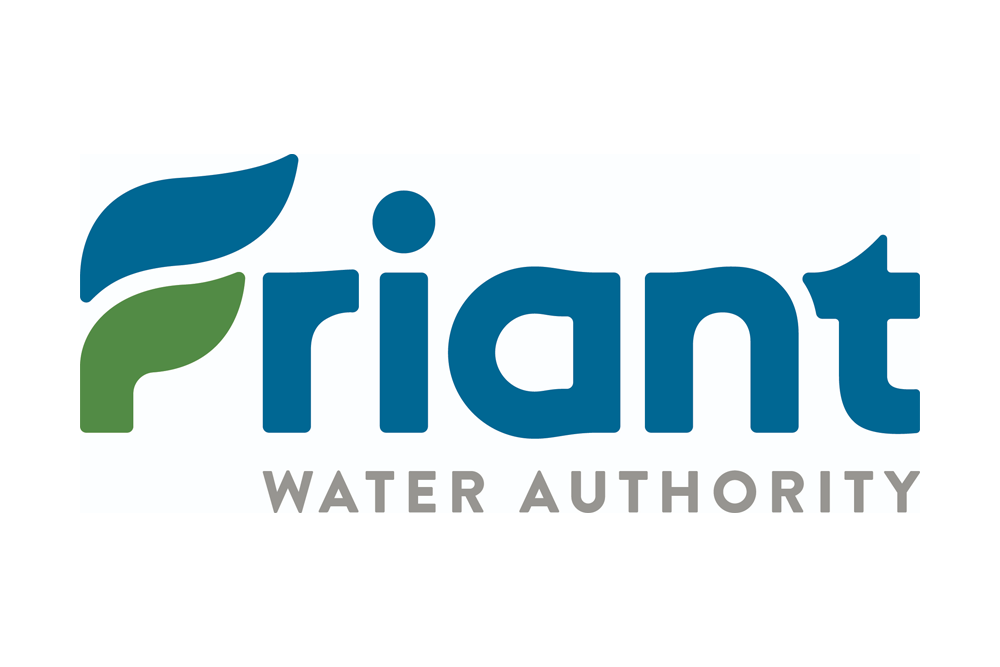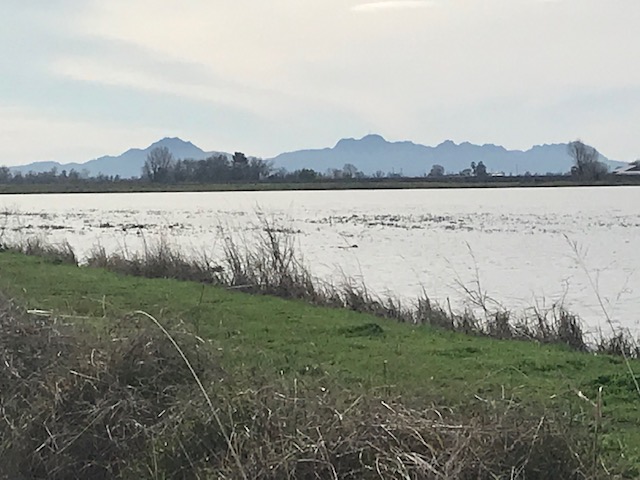The Glenn Colusa Irrigation District met at its headquarters in Willows on Thursday, June 2, 2022. Chairman Don Bransford called the meeting to order at the scheduled 9:00am start time. The meeting began like a public meeting should, with a flag salute to the unifying symbol of our great nation. If there was any public participation I didn’t hear it.
The consent agenda was the first action item and it was passed. That authorized the payment of bills and approved the minutes. Special Districts like an irrigation district are actually political subdivisions of the state and therefore have to adhere to laws regarding public agencies. When a district has outdated and surplus equipment the sale and disposal has to be approved by the board. The board approved getting shed of the old junk.
Bransford asked the board to table item 5b, an approval of the 2022 Alternative Orchard Unit Measurement Compliance Protocol. The discussion included some pushback from growers about the extra time involved with complying. The consensus was there could be more clarity and communication between the district and the growers. This is also a program that could spread GCID staff thin in its duties. The item was tabled and there will be some more planning before it comes back.
The VAs
Next a Power Point presentation on the Voluntary Agreements was shown the board. The Power Point was kind of a bust for us attending by phone but it’s on the GCID website. The presentation was produced by the Northern California Water Association of which GCID is a member. General Manager Thad Bettner spoke about the State Board’s efforts to sidestep any hearings by using emergency orders. But it sounds like the Superior Court in Sacramento is rubber stamping the State Board’s rulings regarding the through Delta unrestricted flows. The flow target is 40 percent measured at Vernalis is the only metric for the Phase I process if I understood correctly.
This is part of the Bay Delta Plan that is supposed to have triannual reviews but none have taken place, again if I understood. The State Board and Governor Gavin Newsom wants the tributary rivers of the San Joaquin River to increase their releases to create a greater volume of water to flow through the Delta. Districts including Oakdale ID, Turlock ID and Modesto ID are all impacted by this rule. The misnomer is Voluntary Agreements and maybe at one time it was, but the state pulled out of negotiations and came up with its own plan. It has promised other parts of the state better reliability of surface supplies in exchange for their support in signing an MOU.
The total volume of water being taken from the water rights holders is more than one million acre feet. Bettner said a species listed as a “starry founder” may or may not exist in channels that are targeted to receive increased flows. Some of the NGOs have complained because they haven’t been a part of this process. So maybe some oil on that squeaky wheel. There is litigation against this version of the VAs but as stated above the courts are not receptive. There should be a new governance structure and a new science program come out of this. The Sacramento River Settlement Contractors, Friant and others have been offered a piece of this questionable pie. Of course the state wants to cut back exports and how that water will be replaced might come from the Sac Valley, maybe a quarter of a million acre feet? The ultimate goal is to move water through the Golden Gate and out to the Pacific Ocean. Thank you Sacramento for looking out for us during a drought.
The VAs call for an eight-year review and I bet you a dollar throwing more water through the Delta isn’t going to help its ecosystem until other stressors are included as needing to be addressed. One of the directors pointed out salmon is driving this process and it takes eight-years for two salmon life-cycles. That isn’t enough time to evaluate if the increased releases are providing any benefit or not. As long as 90 percent of the out-migrating salmon are being eaten in the Delta by non-native predators there will be a problem no matter how much water is diverted to the ocean.
Admin
Staff reported on maintenance of the district’s system programs that benefit GDIC growers. Dredging is a big deal up there and the cost of fuel is causing pain as much as it is here. Evidently dredges use a lot of gas or diesel. An equipment replacement target was developed. It sounded to me Bettner was suggesting a longer rotation for replacement of some equipment to avoid a big cash hit all at once. Also, chemical costs are causing people to lean back and go wow. Staff and employees were surveyed about what they believe to be the most important issues the district is facing and that sounded like a wise move. The results will be tabulated and the board will get a look.
developed. It sounded to me Bettner was suggesting a longer rotation for replacement of some equipment to avoid a big cash hit all at once. Also, chemical costs are causing people to lean back and go wow. Staff and employees were surveyed about what they believe to be the most important issues the district is facing and that sounded like a wise move. The results will be tabulated and the board will get a look.
The water operations was a little difficult to hear but there was some good news from Shasta in as much as there was a bit more water becoming available. So far there hasn’t been any delays to the truncated irrigation season. Staff said preliminary estimates for district operations is staying on track. Someone said there’s a story about a weather changing project in Alaska using microwaves. Someone else said he saw that movie.
The engineering report was next and it was even more difficult to hear but there is surveying going on to the benefit of infrastructure.
Water resources was given and a lady said a draining facility is going forward. The Army Corps and the Regional Board are sending out positive signals. I don’t know which agency issues the permits, Army Corps maybe, but whoever it is there are only three people issuing permits in Northern California. Despite that she sounded very optimistic about the prognosis. There are also some severe supply chain delays in getting new electrical components for some project I’m not familiar with.
Information Reports
Bettner gave his GM report saying staff is continuing with internal strategic planning. He’s developed a draft with Branford and handed that out to the board. Water supply reliability and a portfolio is part of the goal. Evidently the handout is color coded by category. Can’t tell you much about that. I’ve attended a few strategy meetings and was glad to hear a timeline has been included. Because as you most likely know, goals without deadlines are wishes. Bettner asked the board to review and get back to him.
Attorney Andy Hitchings said he had nothing for open session. Under other business Branford asked about the August meeting dates. The idea is maybe make an all day event to go over the regular board meeting and a strategy session in the afternoon. This is getting into harvest season for some crops grown in GCID. It sounded like part of the plan is to tour some of the district facilities and maybe bring a fishing pole.
Closed Session & An Afterthought
The meeting was adjourned to go into closed session at 10:15 for three items. A good, short and informative meeting. Go be good to yourselves and each other.
I subscribe to the California Farm Water Coalition’s clipping service. One item that caught my eye was an editorial published today and authored by the Mercury News of San Jose and the East Bay Times editorial boards. Its title is, “Gov. Newsom should develop backbone to curb ag’s water waste”.
Here are some quotes from the editorial: “A handful of users are using water that drains from the Sierra as they see fit. As a result, the state’s agriculture sector uses about 75% of the state’s available water. Almond growers alone account for about 10% of California’s water use. Ten percent — just for almonds!” They state that like it’s a bad thing. You have to wonder what food they eat that isn’t dependent on water to grow. What communities do the editorials board reside in that doesn’t get its water from Sierra snowpack?
Here’s another quote, “While almond farmers have become more efficient in water use in recent years, it still takes about a gallon of water to grow a single almond in California.” You’re kidding me. It still takes a whole gallon of water to grow an almond in California? Still? After all this time you’d think the legislature would pass a law requiring almonds to use less than a gallon per nut like they do in . . . Wait a minute, I think almonds only grow in certain very specific climates like the one California enjoys. I think it takes the same amount of water to grow an almond in California as anywhere else on earth. Unless someone genetically modifies almonds to take less water, years from now it will still require a gallon of water to grow an almond nut. Can you imagine the outrage an GMO almond would engender from these folks?
Another point made in the editorial, “California almond growers harvested an estimated 2.5 billion pounds of almonds in 2018 and sent about 65% of their crop to India and China.” Would it be better if the almonds went elsewhere? If they were all consumed in California or just the US? What’s wrong with feeding people in China and India? Sounds like the editorial boards might be just a bit racist, hmm?
The editorial goes on to surprisingly gripe about delays in implementing the increased storage in the voter supported Prop One, which passed in 2014. It was only surprising until the editorial stated raising the dam 55 feet at Los Vaqueros makes sense. That’ll cost $1 billion and increase statewide storage by a whopping 115,000 acre feet. I’m sorry, did I type statewide? I meant storage that directly benefits San Jose and the East Bay area. The editors helpfully pointed out, “It’s less clear that the water storage achieved by other dam proposals are worth the billions in costs. It’s time to figure that out.”
The editorial also took a swipe at the $1.4 billion Huntington Beach desalination plant that was recently killed by the California Coastal Commission. That $1.4 billion dollar investment would only produce 56,000 acre feet of new water per year. At that rate it would take a little over two years for the desal plant to produce enough water to fill the new storage at Los Vaqueros. I know it’s apples and oranges but the point is the Mercury News has never liked any progress in California’s water supplies that didn’t directly benefit its hometown.
The last sentence in the editorial, “It’s time for conservation mandates for urban users and enforcement of the state Constitution to ensure farmers use water only for reasonable and beneficial uses.” God help us all if everyone agreed with these editorial boards. I’m taking the position that feeding hungry people food is a reasonable and beneficial use of water anywhere, not just California.
DISCLAIMER OF RESPONSIBILITY; Waterwrights.net strives to provide clients with the most complete, up-to-date, and accurate information available. Nevertheless, Waterwrights.net does not serve as a guarantor of the accuracy or completeness of the information provided, and specifically disclaims any and all responsibility for information that is not accurate, up-to-date, or complete. Waterwrights.net’s clients therefore rely on the accuracy, completeness and timeliness of information from Waterwrights.net entirely at their own risk. The opinions expressed in this report are those of the author and do not represent any advertisers or third parties.
ALL RIGHTS RESERVED. Copyright 2022 by DAW/WaterWrights.net
GLENN COLUSA ID – President Donald R. Bransford, Vice President Peter Knight, John Amaro, Logan Dennis and Blake Vann.
Staff: Thaddeus Bettner – General Manager, Zac Dickens – District Engineer, Kevin Nelson – Superintendent, Louis Jarvis – Finance Director, Andy Hitchings – Attorney Andy Hitchings of Somach, Simons & Dunn.
GCID
344 East Laurel Street
Willows, CA 95988
530/934-8881
contact@gcid.net
DWR SGMA # 5-021.52
From the GCID website: Glenn-Colusa Irrigation District (GCID) is dedicated to providing reliable, affordable water supplies to its landowners and water users, while ensuring the environmental and economic viability of the region. As the largest irrigation district in the Sacramento Valley, GCID has a long history of serving farmers and the agricultural community and maintaining critical wildlife habitat. The District fulfills its mission of efficiently and effectively managing and delivering water through an ever-improving delivery system and responsible policies, while maintaining a deep commitment to sustainable practices. Looking ahead, GCID will remain focused on continuing to deliver a reliable and sustainable water supply by positioning itself to respond proactively, strategically and responsibly to California’s ever-changing water landscape.




































